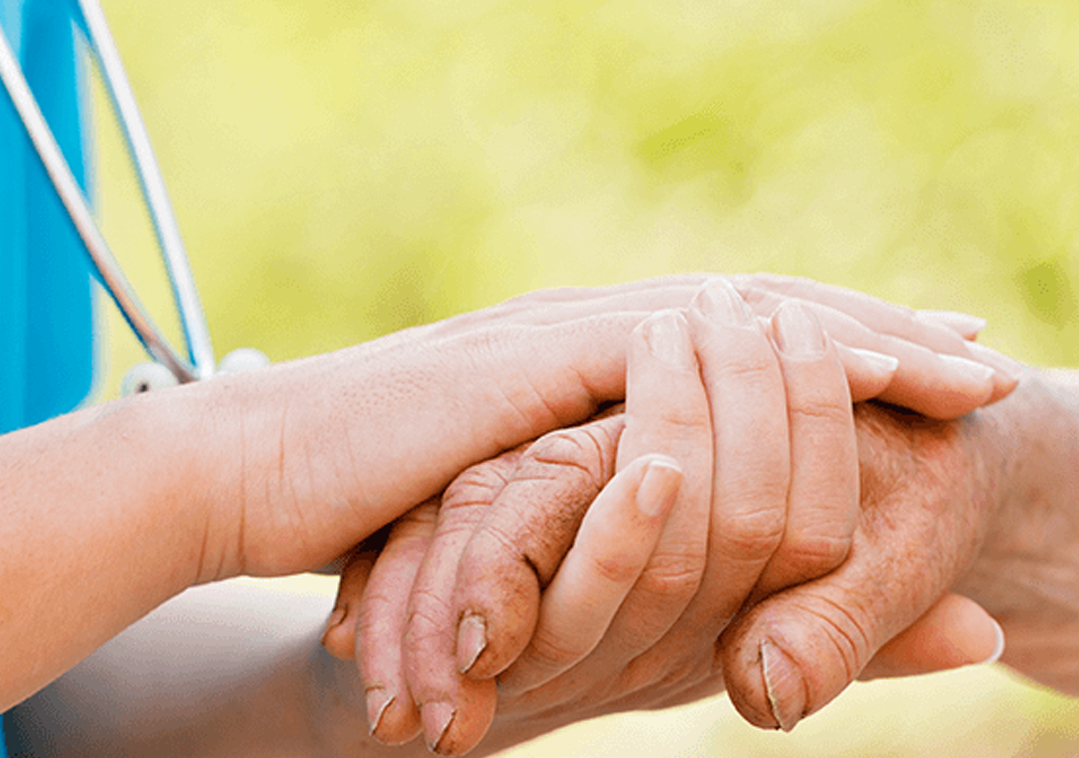Combatting Compassion Fatigue

The professionals charged with caring for people in traumatic situations are at risk of suffering compassion fatigue, also called secondary or vicarious trauma. Different from burnout, which is typically caused by a non-supportive work environment, compassion fatigue is triggered by prolonged exposure to someone else’s trauma.
According to trauma resilience coach Rev Stacey L. Brady, “When we, as caregivers, are exposed to trauma that someone else is enduring — particularly in aging adult services when we are caregiving for seniors who are declining and we experience that loss with them — that exposes us, makes us vulnerable. Over an extended period of time, if we don’t have the tools or resilience built up in ourselves, we succumb to compassion fatigue.”
Compassion fatigue can manifest as physical, psychological, and emotional exhaustion. Symptoms include irritability, sleeplessness, headaches, stomach upset, anxiety, and emotional disconnection. People can also experience changes to their world views, spirituality, and even blame themselves for not doing enough to help those who are suffering. The most dedicated workers are often the most at risk, as they are likely to continue helping others by taking extra shifts and skipping days off.
Experts recommend a good diet and regular exercise, as well as self-care through mindfulness, meditation, or yoga as ways to deal with or prevent this condition. But key to combatting compassion fatigue is developing resilience, according to Brady. It involves acknowledging that aging services is a stressful work environment and adjusting our mindset, practicing daily and (ideally) with others.
Build a set of tools to gain resiliency for yourself and your team. An extremely effective one is the practice of optimism — consciously choosing to remind yourself that setbacks are to be expected and that there are resources you can seek out to help to overcome those obstacles. Other tools include setting goals (large and small), as well as working to develop flexibility, adaptability, and problem-solving skills.